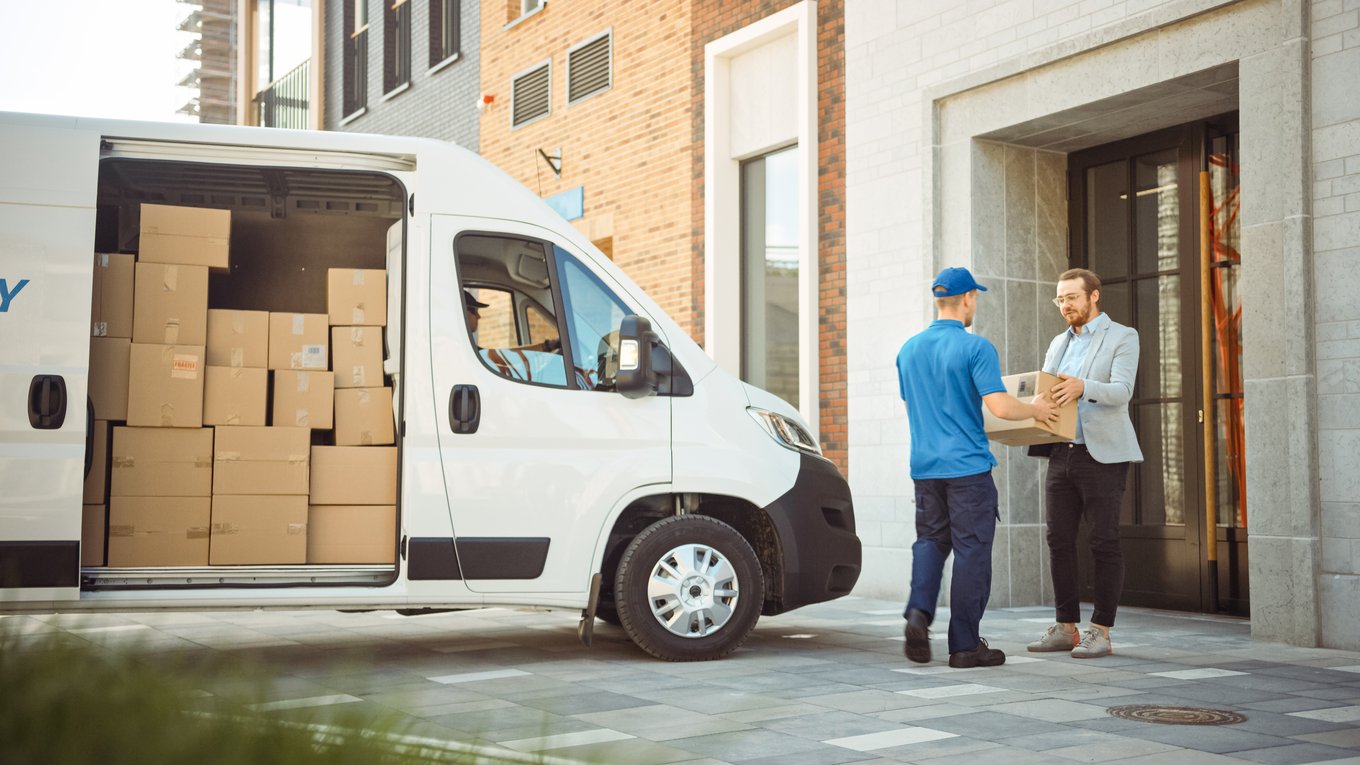
- Blog
Why supply chains need to think, not just work: the shift to intel
Explore why connected supply chain execution is the key t...
Rising rates of consumer expectations in eCommerce has shifted how retailers approach their supply chain operations.

Warehouses and retailers can no longer think of supply chains as “back-end operations.”
Today, customer experience is the supply chain. Faster delivery, broader choice and seamless service are what win loyalty - and that puts logistics performance at the center of revenue growth.
Global ecommerce is expected to grow to $6.8 trillion by 2028 (Forrester, 2024), with consumers demanding speed, convenience, and visibility as standard. Meeting these expectations is the price of staying competitive.
Customer expectations have been reshaped by the promises of leading brands:
Competitors now raise the bar every season. Customers don’t just compare you with peers in your sector; they compare you with the best service they’ve experienced anywhere.
It’s important to recognize that expectations don’t plateau. Once raised, they rarely move backwards. A 2025 Gartner survey revealed that 76 percent of supply chain executives now face more frequent disruptions than they did three years prior; leaving them vulnerable to churn when customers face late orders or poor visibility.
Remaining static is not an option. Companies that rely on old playbooks risk:
To meet (and exceed) expectations, companies must treat the supply chain as a dynamic, customer-facing system. That means:
End-to-End VisibilityCustomers expect real-time order tracking, accurate ETAs, and proactive notifications. Visibility is now baked into customer expectations.
Flexible Fulfillment Options
Buy online, pick up in-store. Delivery lockers. Same-day. Customers want choice that fits their lives, not rigid shipping windows.
Resilient Warehouse Operations
Intelligent warehouse management systems (WMS) can adjust workflows in real time, balancing speed with accuracy.
Data-Driven Optimization
Predictive analytics and AI agents help forecast demand shifts and orchestrate fulfillment without delays.
In Infios’s End User Study (Winter 2021), consumers ranked the following as top priorities when shopping online:
These findings remain highly relevant today. In fact, a 2025 McKinsey analysis revealed thatrevealed that 71% of consumers expect personalized interactions from companies, and 76% are likely to switch providers if the experience doesn’t meet expectations.
COVID-19 accelerated ecommerce adoption, and many of those habits are here to stay:
The message is clear: convenience is now the default.
Yes, rising consumer expectations add pressure. But for companies that invest in modern, flexible execution, they’re also a growth engine.
Infios helps businesses:
In an era where experience equals loyalty, the supply chain is your most powerful differentiator.
